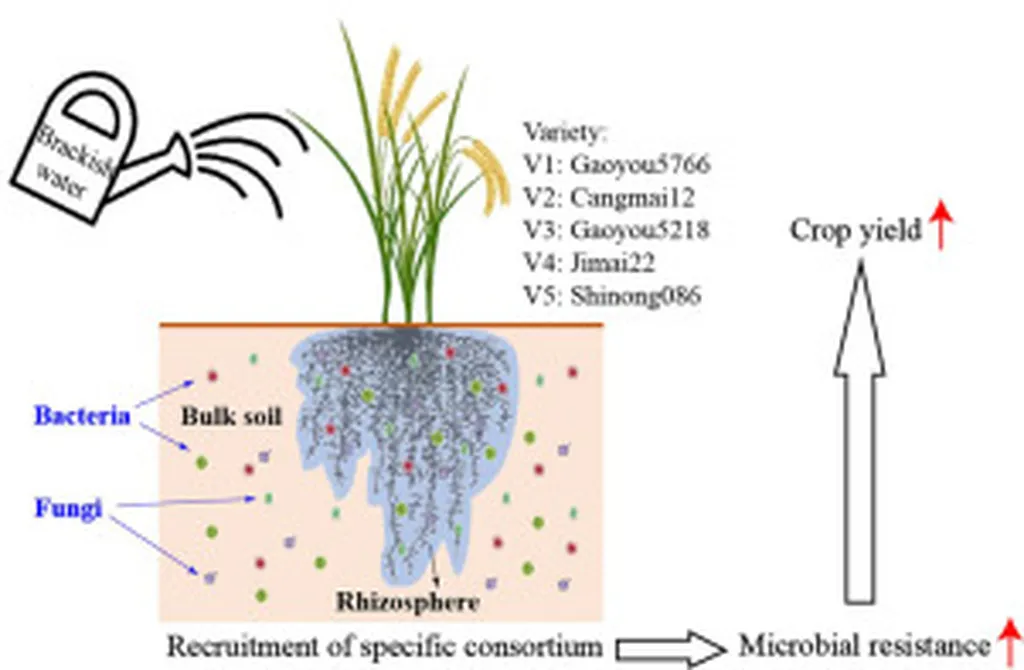In the heart of Ningxia University, China, a team of researchers led by Dr. TANG Zhiyi from the School of Civil and Hydraulic Engineering has been delving into a pressing agricultural challenge: the impact of brackish water irrigation on crop root systems. Their findings, published in the journal ‘Guan’gai paishui xuebao’ (translated to ‘Journal of Glaciology and Geo-cryology’), offer a compelling narrative of plant adaptation and resilience that could reshape our approach to sustainable agriculture and saline soil remediation.
The global threat of soil salinization looms large, with 37% of irrigated areas affected. As freshwater resources dwindle, farmers are increasingly turning to brackish water for irrigation. But how do crops respond to this salty challenge? The team’s comprehensive review of over 4,700 publications reveals a fascinating tale of root adaptation.
Dr. TANG and his colleagues discovered that crops modify their root systems in distinct ways to cope with salinity stress. Salt-tolerant crops like cotton and sunflower send their roots deeper, seeking out stable water and nutrients while avoiding the high-salinity topsoil. In contrast, salt-sensitive crops like rice and soybean restrict their root growth to the topsoil. “This is a remarkable example of plant resilience,” says Dr. TANG. “Crops are not passive victims of salinity; they actively adapt to survive and thrive.”
The research also highlights the role of crop cultivars and soil texture in shaping root responses. Crops adapt by thickening their roots, increasing root hairs, and altering root branching. These adaptations are not just survival tactics; they have significant implications for agricultural productivity and sustainability.
For the energy sector, these findings could open new avenues for bioenergy crop cultivation in saline environments. Crops like salt-tolerant grasses or halophytes could be irrigated with brackish water, reducing freshwater demand and improving the viability of bioenergy projects in water-scarce regions.
Moreover, understanding these root adaptations could inform the development of more salt-tolerant crop varieties. By identifying the genetic and molecular bases of these responses, researchers could pave the way for crops that are not just resilient but also productive in saline soils.
Dr. TANG emphasizes the need for integrated approaches: “Future research should focus on the genetic and molecular bases of these adaptive responses, as well as their integration with agronomic practices, such as drip irrigation and soil amendments.” This holistic approach could revolutionize agriculture, making it more resilient to climate change and water scarcity.
As we face the challenges of a changing climate and growing population, this research offers a beacon of hope. It reminds us that nature is full of surprises, and with the right knowledge and tools, we can turn challenges into opportunities. The journey of a thousand miles begins with a single step, and in this case, that step is a root, adapting and thriving in the face of adversity.

